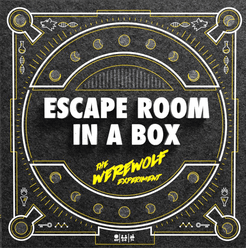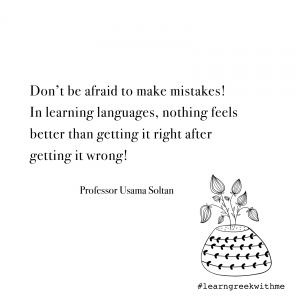
Getaway room and their History
A lounge, in any case, called a takeoff game, is a game wherein a gathering of players accommodatingly discovers signs, settle bewilders, and accomplish tasks in at any rate one space to progress and accomplish a specific target in a limited proportion of the time escape games . A riddle is a game, issue, or toy that tests a person’s imagination or data. In a question, the solver is depended upon to collect pieces astutely, to appear at the privilege or fun game plan of the puzzle. There are different kinds of enigmas, for instance, crossword puzzles, word-search puzzles, number conundrums, social questions, and reasoning riddles. Enigmas are routinely made to be a kind of redirection yet they can similarly rise out of authentic mathematical or reliable issues. In such cases, their answer may be a basic promise to mathematical exploration. The goal is routinely to get the best break room Singapore is from the site of the game. Escape rooms got well known in North America, Europe, and East Asia during the 2010s. Enduring lunchrooms in fixed territories were first opened in Asia and followed later in Hungary, Serbia, Australia, New Zealand, Russia, and South America. Departure rooms or Escape boxes are impelled by “escape-the-room”– style PC games. Doors are the basic thing in the home that makes us feel somewhat safe secured. If it gets repaired we want to take care of that.
History of departure room
Different attractions contained segments like current lounges and could appropriately be seen as precursors to the idea, including frequented houses, scrounger pursues, redirection center 5 Wits, or wise theater, (for instance, Sleep No More, started in 2003). An additional inspiration to move away from rooms began from the “move away from the room” kind of PC games.
Players unwind an enigma at the initial 5 Wits in downtown Boston, around 2006

The soonest thought to remove after a bleeding-edge gets from the room was True Dungeon, which appeared at GenCon Indy in Indianapolis, USA, in July 2003. Made by Jeff Martin (True Adventures LLC), True Dungeon had enormous quantities of comparable segments that people collaborate with moving ceaselessly from rooms today; a shockingly sensible gathering based game where players researched an actual space and supportively comprehended mental and actual conundrums to accomplish a target in a limited proportion of the time. Following four years, Real Escape Game (REG) in Japan was made by 35-year-old Takao Kato, of the Kyoto conveying association, SCRAP Co., in 2007. It is arranged in Kyoto, Japan, and makes a free magazine by a comparable name. Past Japan, Captivate Escape Rooms appeared in Australia and Singapore in 2011, the market creating more than 60 games by 2015. Kazuya Iwata, a friend of Kato, carried the Real Escape Game to San Francisco in 2012. The following year, Seattle-based Puzzle Break set up by Nate Martin transformed into the essential American-based takeoff room organization. Japanese games were made out of astute questions, for instance, mathematical progressions or concealing coding, many equivalents to the PC games that breathed life into them. Para park, a Hungarian foundation that later worked in 20 regions in Europe and Australia, was set up in 2011 in Budapest.





